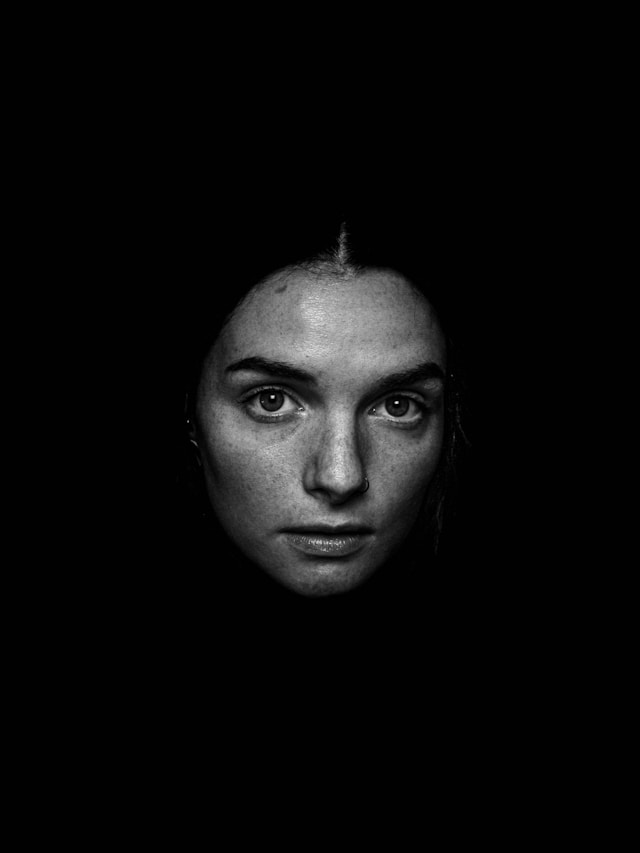The Love Witch (2016) Ending Explained
TL;DR:
The Love Witch (2016), directed by Anna Biller, is a visually lush, feminist horror satire that follows Elaine Parks, a modern-day witch who uses magic and seduction to manipulate men into loving her-often with deadly consequences. The film ends with Elaine being "punished" by a group of medieval knights who represent patriarchal justice, symbolizing society's fear of female sexuality and power. However, the ambiguous final shot - Elaine smiling as she rides away-suggests she may have orchestrated her own "punishment" to maintain her freedom. The ending critiques how women are villainized for embracing desire while leaving room for Elaine's ultimate triumph.
Detailed Explanation of the Ending:
The climax of The Love Witch sees Elaine (Samantha Robinson) finally facing consequences for her actions after a string of men die from her love spells. The film builds to a surreal, dreamlike sequence where Elaine is "tried" by a group of men dressed as medieval knights in a forest clearing. This scene is loaded with symbolism: the knights represent archaic patriarchal structures that punish women for transgressing societal norms, particularly for wielding sexual and magical power. Elaine is stripped, humiliated, and seemingly executed-a violent culmination of the film's themes about how society demonizes women who refuse to conform to passive, submissive roles.
However, the final shot complicates this interpretation. As the camera pulls back, Elaine is seen riding away on horseback, smiling knowingly at the audience. This suggests that her "punishment" may have been an illusion or a staged performance, allowing her to escape accountability while reinforcing her myth as a dangerous seductress. The ambiguity invites viewers to question whether Elaine is truly defeated or if she has outsmarted the system yet again. Her smile implies she remains in control, subverting the expected narrative of female punishment for ambition and desire.
Unresolved Questions & Possible Answers:
1. Did Elaine actually die, or was her "execution" a ruse?
- Possibility 1: She died symbolically, representing how society erases women like her.
- Possibility 2: She faked her death to evade punishment and continue her pursuits.
2. What does the knights' trial represent?
- Possibility 1: A literal supernatural intervention punishing her for witchcraft.
- Possibility 2: A metaphor for how history repeats patriarchal violence against rebellious women.
3. Is Elaine a villain or a victim?
- Possibility 1: She's a tragic figure, corrupted by a world that denies her agency.
- Possibility 2: She's a deliberate monster, wielding femininity as a weapon.
Personal Opinion:
The Love Witch is a brilliantly layered film that uses campy aesthetics and hyper-stylized visuals to explore deep feminist themes. The ending is intentionally provocative, refusing to offer easy answers. Elaine's smile in the final frame is my favorite moment-it challenges the viewer to decide whether she's been crushed by the patriarchy or has outmaneuvered it entirely. The film critiques both the demonization of female sexuality and the dangers of narcissistic empowerment, making Elaine a complex antiheroine. Anna Biller's direction is masterful, blending satire, horror, and retro glamour to create a movie that lingers in the mind long after the credits roll.
Final Thoughts:
The ending of The Love Witch is a Rorschach test for the audience's views on gender, power, and morality. By leaving Elaine's fate ambiguous, Biller forces us to confront our own biases: Do we want her punished for her crimes, or do we root for her as a rebel against oppressive systems? The film's lush visuals and dark humor make it a unique cinematic experience, and its ending ensures it remains a topic of debate long after viewing. Whether seen as a tragedy or a triumph, Elaine's story is a mesmerizing critique of the contradictions women face in a world that both desires and fears their power.
